Some automakers try to reinvent the wheel with every new model, in a constant quest for that next new big thing that will flood showrooms with eager buyers. Others take a more nuanced approach, making gradual improvements on the same idea, making it a little better each time. Today, we’re going to look at two cars from probably the best example of such a manufacturer: Honda.
But first, let’s see what you made of yesterday’s Chryslers. Quite a few commenters took the easy way out and said “neither,” but those of you who did vote seemed to have a preference for the big old New Yorker. The Crossfire’s styling, or its high mileage, or the complete lack of any useful information in the ad, didn’t do it any favors, it seems.
I think I’d favor the Crossfire if it were a convertible and had fewer miles. But I just never warmed to the coupe bodystyle. I don’t have any use for the New Yorker, nor a good place to park it, but if I had to choose, I think I’d go that way. I’d ditch the Lean Burn setup at the soonest opportunity, though.

Honda entered the US motorcycle market in 1963 and the car market in 1969, and in both cases quickly developed a reputation for building friendly, reliable machines. The earliest cars were maybe a bit too small for US roads, but Honda remedied that with the Civic in 1972. “We Make It Simple” was the advertising tagline back in the 70s, and that idea had a lot of appeal in those days of gas crunches and political scandals and polyester slacks.
No new cars these days could be called simple, but Honda maintains its friendliness and reliability. Honda also has the distinction of making the only new-for-2025 car that I’m genuinely interested in: the new Prelude. I’ve never had a Prelude, but three other Hondas have graced my driveway over the years: a 1984 Accord sedan, a 1993 Acura Integra, and a 1995 Civic Del Sol. All were reliable, give or take some previous-owner shenanigans, and all were excellent to drive – even though the Integra was a bit boring because it was an automatic. The two we’re going to look at today represent Honda doing what it arguably does best: building basic economy cars that feel just a little bit special.
1978 Honda Civic CVCC – $2,150
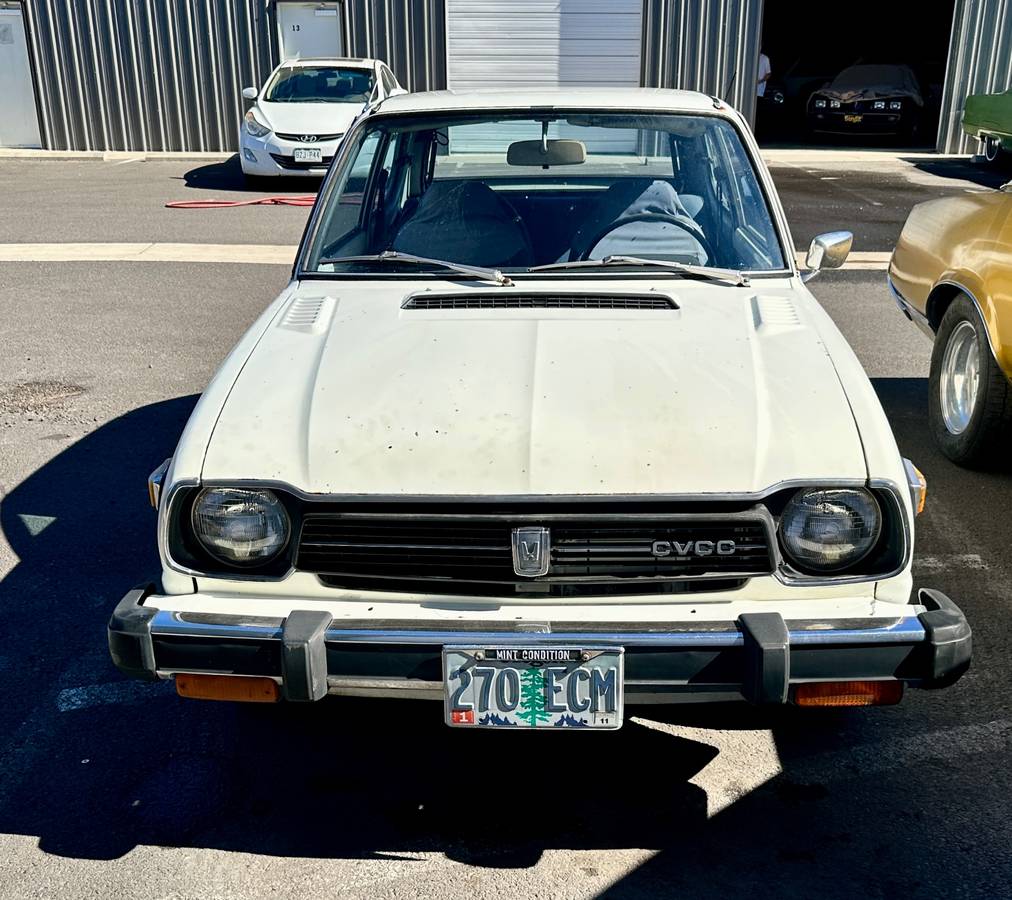
Engine/drivetrain: 1.5-liter OHC inline 4, five-speed manual, FWD
Location: Eugene, OR
Odometer reading: 75,000 miles
Operational status: Fuel tank removed for cleaning, starts and runs off external fuel source
After the first fuel crisis in 1973, small cars in America were a pretty easy sell, but the choices weren’t great. Chevy offered the Vega and later Chevette, Ford countered with the Pinto, Chrysler sold a bunch of rebadged Hillmans and Mitsubishis, and AMC just chopped the trunk off a sedan and called it good. Volkswagen still sold the ancient Beetle. Toyota and Datsun both sold small cars that were the same basic idea as the American choices, only put together properly. But a new layout for small cars was ascendant, starting with the Fiat 128 and eventually taking over the whole market: transverse engines and front-wheel drive. VW went this way with the Rabbit, as did Chrysler with the Omni and Horizon. But before those, there was the Honda Civic.
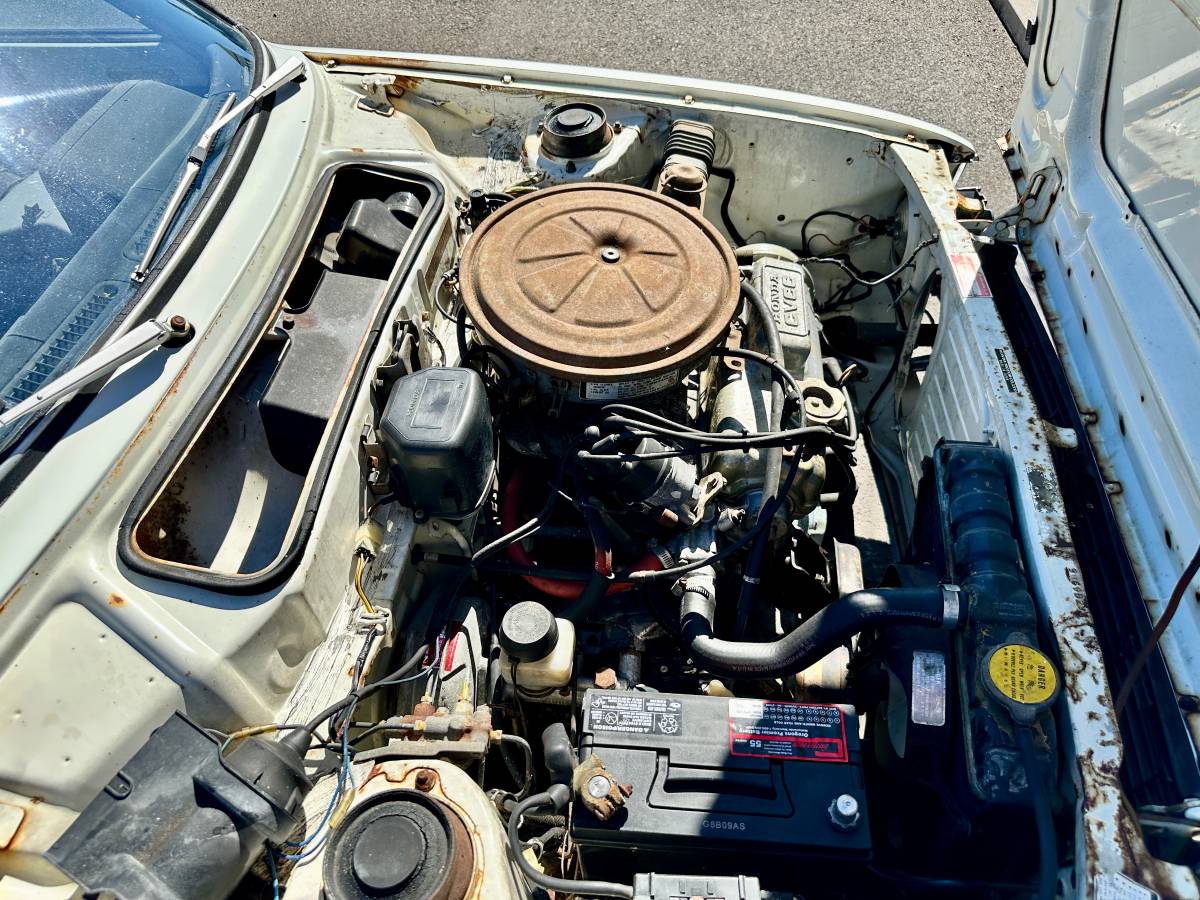
The Civic’s predecessor, the N600 and Z600, also had transverse engines in the front, but the gearbox was mounted below the engine, in its oil pan, rather than beside the engine in a separate housing like Fiat’s design. In 1975, as an answer to stricter emissions control standards, Honda introduced the CVCC engine, with a clever cylinder head design that allowed it to run leaner than a typical engine, thereby burning cleaner and getting better fuel economy. It’s a clever technology that worked well enough to keep Honda from having to install a catalytic converter on the Civic, and could have worked on other cars as well. This example has been sitting for a long time, but the seller says it will start and run just fine if you supply fuel straight to the carb. The fuel tank is in the trunk, removed for reconditioning by a previous owner. Once the tank has been cleaned and reinstalled, you can set about doing all the other stuff you need to do to put a car back on the road after a long slumber.
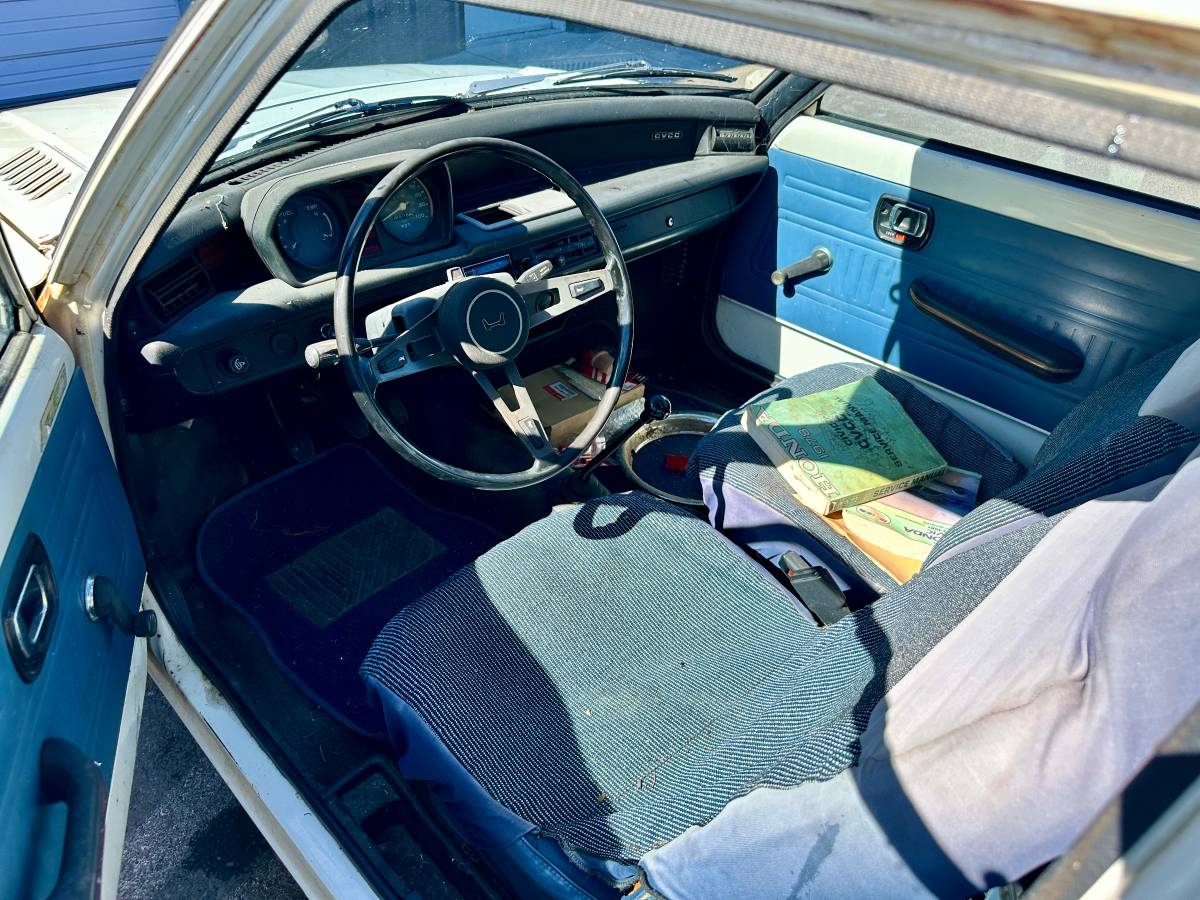
Even in this early Civic, you can start to see the brilliant interior design and ergonomics that Honda would become famous for. It’s open and airy, with that nice low dashboard. Earlier Civics had a strip of wood trim along the dash – real wood, I think – but it looks like it was gone by 1978. The interior is generally in good shape, though there’s no telling how the seats look under those covers. There’s a chance they’re fine, and the covers are just there to keep you from sticking to the vinyl.
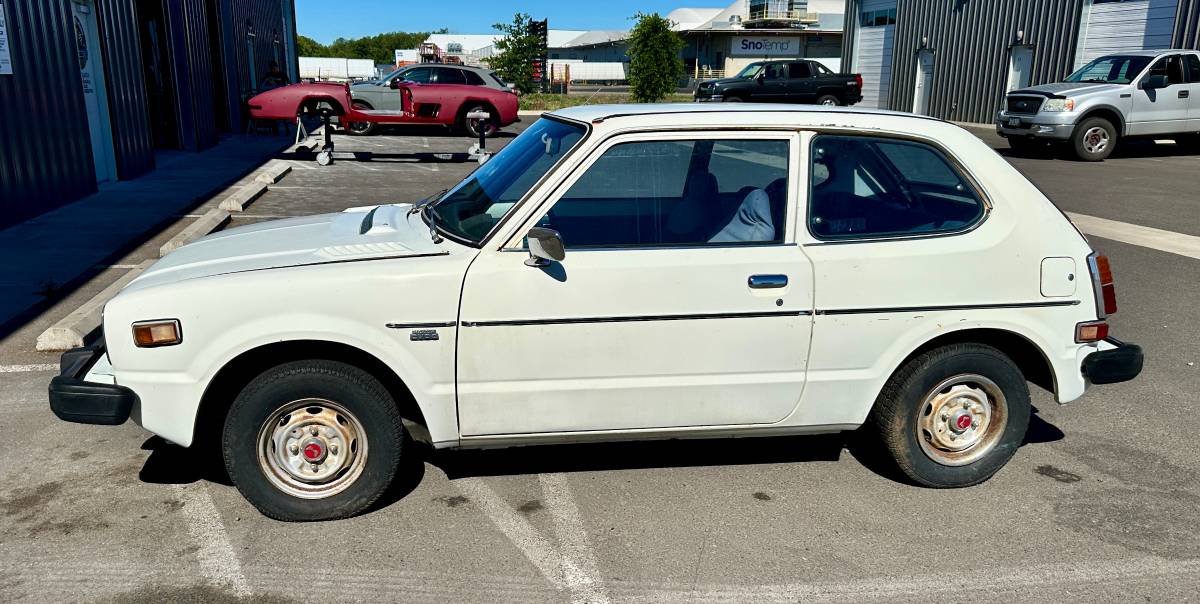
First-generation Civics were recalled for rust, but you’d never know it from looking at this one. Of course, it has been off the road since 2011, and clearly kept in a garage, but still, it’s the cleanest one I’ve seen in a long time. Even this one is a little crispy around the edges, but it’s clean enough to shine up and be proud of. Just be ready for a bunch of “wow, I haven’t seen one of those in forever!” comments.
2007 Honda Fit – $3,700
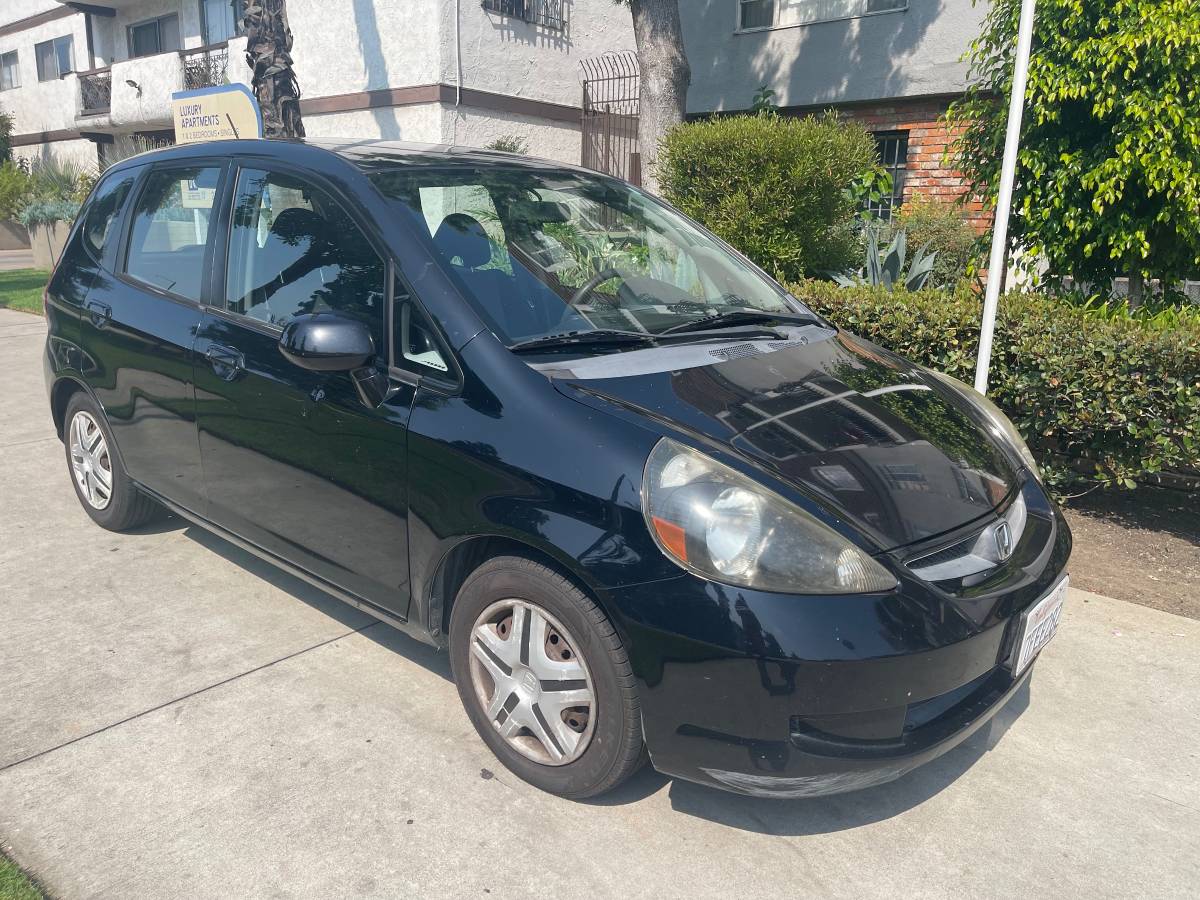
Engine/drivetrain: 1.5-liter OHC inline 4, five-speed manual, FWD
Location: Los Angeles, CA
Odometer reading: 168,000 miles
Operational status: Runs and drives well
Several generations of Civic hatchbacks followed, beloved by more than one generation of driver, but eventually, the hatchback design gave way to sedans and coupes. But Honda had another small hatchback in its stable, ready to take over the mantle: the Fit, also known as the Jazz in some markets. Introduced in the US with a series of really clever ads, the Fit filled the gap left by the Civic hatchback, until the US market lost its collective mind and abandoned small, inexpensive cars altogether.
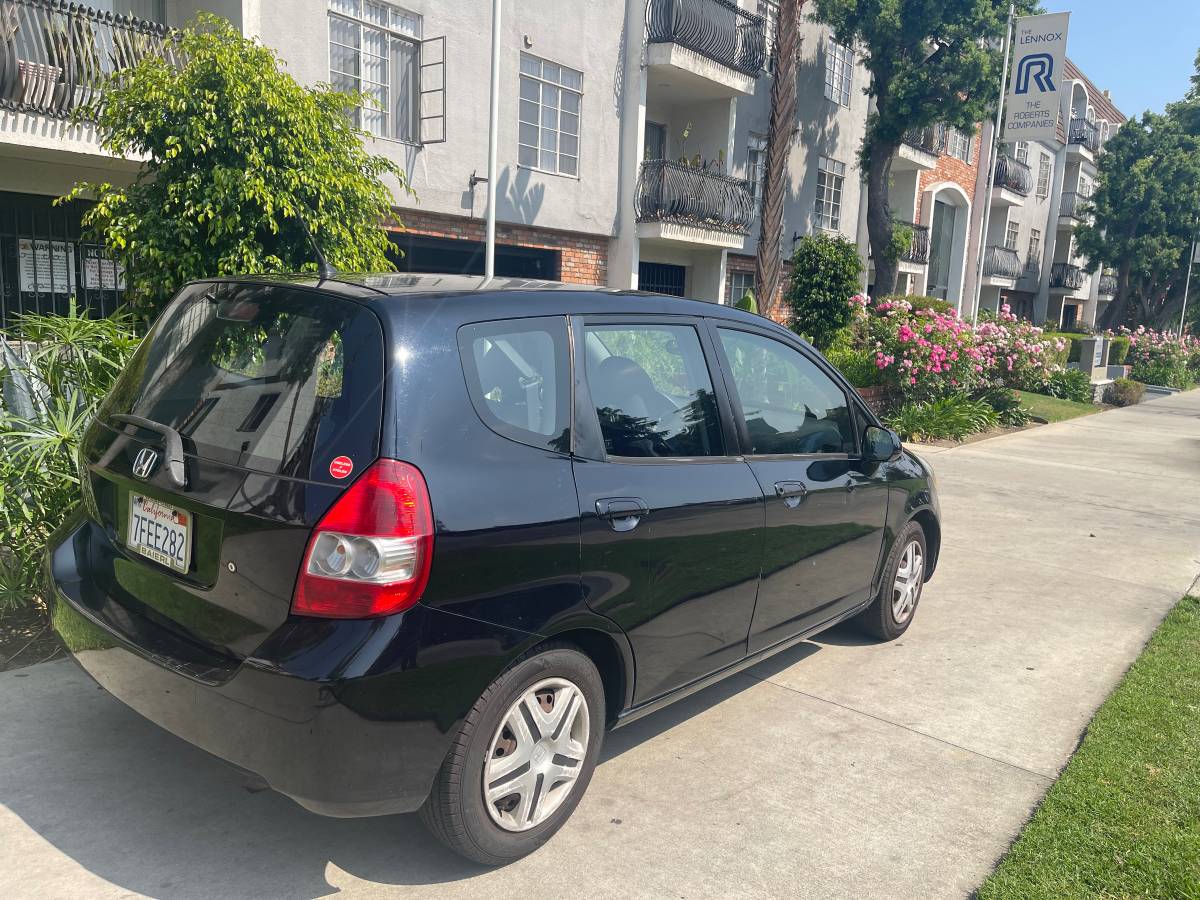
The Fit is also powered by a 1.5-liter engine, also featuring clever technology with a four-letter acronym – in this case, Honda’s VTEC variable valve timing system. It puts out twice the power of the old Civic CVCC engine, and the Fit weighs almost a thousand pounds more, but the fuel economy is similar – Honda used its technological prowess for good, not evil. This example has 168,000 miles on it, and the seller says it runs great.
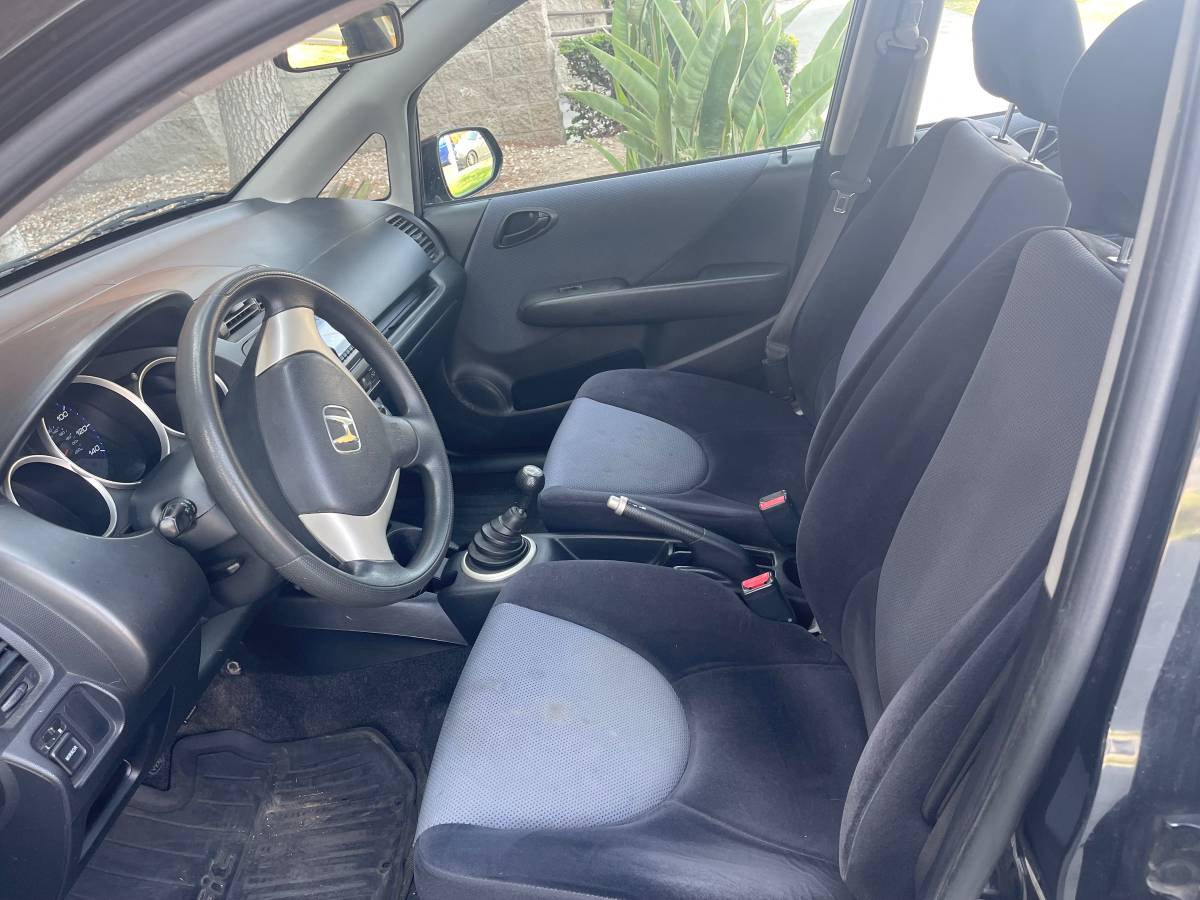
I still prefer Honda interiors from the 80s, but this one looks pretty easy to live with, too. I like that rubber accordion-style shift lever boot; you don’t see those often anymore. The driver’s seat looks a little worn, but the rest looks practically new; I get the feeling this was one of those single-occupant commuter cars.
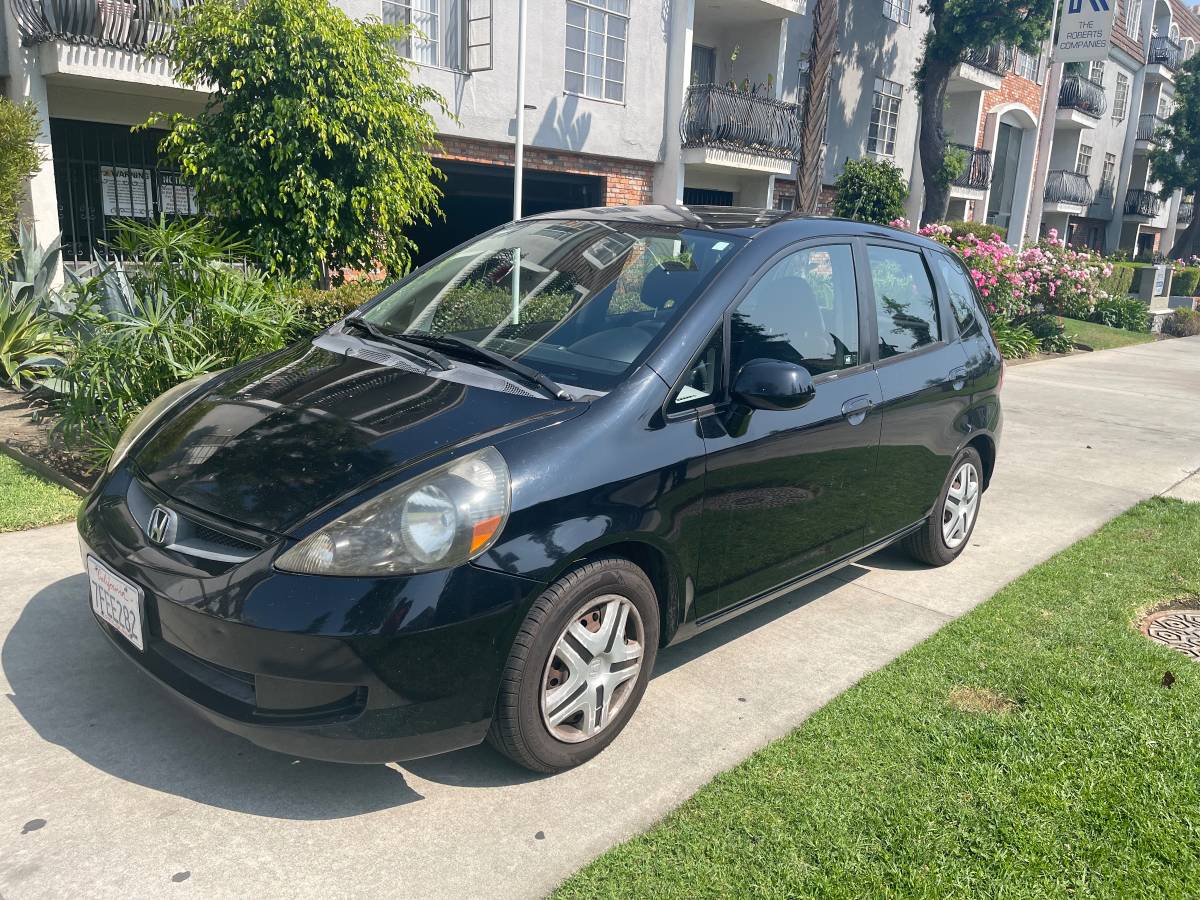
It’s a sharp-looking little car, and I like those little quarter windows in front of the doors. This is a base model, not the Sport, so it has steelies with plastic hubcaps and no spoilers or ground effects. This is one of the rare cases where I prefer the version with the added-on stuff; this one looks a little plain. But it’s in great shape, and it looks like it has been well cared for.
Little Honda hatchbacks are gone from the US market now, replaced by various sizes of bland, overweight crossovers. I’m sure they’re as reliable as the older ones, and probably fine to drive, but why can’t we have some small, light, fun-to-drive options as well? Ah well, at least used ones are still available. They came a long way in the thirty years between these two cars, but the spirit stayed the same. Which do you prefer – the old original, or the more advanced modern version?









This was pretty easy- Fit! While the classic Civic is in decent shape (usually they are pretty trashed) and I kinda like those, in this case newer is better. I’ve heard many good things about the Fit (I’ve heard they “fit” well as an econonobox; I haven’t heard people having a “fit” over them…I’ll see myself out) Plus it’s stick…I’ll enjoy cruising in it
My sister has an 06 Fit she bought new. It’s a terrific little car. The CVCC is cool but if I’m taking on a project, that wouldn’t be it.
A friend of mine in high school got a ’75 Civic with the 1.5 liter CVCC engine. It was a really fun car to drive compared to malaise-mobiles of that era. Pretty decent power and handling, and its growl when you stand on it was addictive. I want to remember that car fondly and not muck up the memories with a drive in a nearly 50-year-old example.
The declared mileage seems suspiciously low to me, especially with those seat covers.
So, I be tied to the Fit.
Gotta have the Fit. The Civic would be fine for a cheap runabout, but it’s almost thirty years older, for chrissake. If I were a devoted enough fan to want to bring it back to showroom condition, then it would be a maybe. But I’m not. The Fit would be fine, and a much more enjoyable place to sit.
The Fit is the better car all around, but it’s not the one that I want. I’ll take the official car of the 1980’s student teacher.
I had a 2010 Fit sport that I replaced with a Mercury Mariner (upbadged Escape) after a deer jumped out in front of it. Despite it’s body being in rough shape, 8 years and 3 cars later I still wish I had just kept the Fit with a salvage title.
We need a Both option today! If you need a car, obviously buy this rather nice and well-priced Fit. If you’re looking for a project–maybe a first wrenching opportunity for a teen–the Civic would be a great one. I voted Fit because it would Fit most people’s lives including mine better, but there’s no wrong answer here.
Mighty tempted by the Fit but I have practical vehicles already, the Civic would be a fun vintage runabout.
Given to understand Fits, like so many other modern cars, have steering by wire which always gives one pause no matter how reliable such systems may have become over the years. At least Fits have some modicum of physical linkage (unlike the Cybertruck, good grief) so it’s probably fine.
It was a toss-up between the Fit & the Civic; ended up voting for the Civic despite the utterly abysmal lack of safety (yeah, those early Hondas weren’t all that big on safety, lol) & the sketchiness of the seller’s claims…
The Fit had electric power steering, which just works similarly to hydraulic power steering by adding to the driver’s inputs. Drive by wire is an entirely different beast. AFIK the busyforks, its Lexus version, and the cybertruck are the only cars with actual steer-by-wire at the moment.
Good to know. Since I don’t pay as much attention to new cars as I do older cars (partly due to not being in a position to afford a new car) I’m not always up to date on new car technology.
But for some reason I thought there were more cars out there with steering by wire hence why I said “many other modern cars” though I would argue that *one* is too many to have steering by wire, lol.
No matter how reliable such systems may be there will always be failures (one failure out of, say, a million is a failure, that is, a failure is a failure) and without the redundancy of a mechanical linkage it just seems at best foolhardy to rely solely on steering by wire…
After some jerk ran a red light & totalled my ’85 VW Jetta diesel a couple years ago I was looking at options for a replacement and among those options were first-gen Fits and someone mentioned the Fit as having steering by wire and I didn’t look into it any further as it was right around that time one of my kids started a new career in a city several states over so I started DDing their ’83 Mercedes 300TD since my kid didn’t have off-street parking.
Now that I know that that person was mistaken about the Fit it’s back on my list of options for a replacement when my kid is able to accommodate the 300TD.
I had a 2011 Fit Sport, blue with a manual. I’ve driven a 70s honda before, and 3 decades makes a heck of a difference. Fit all the way as a driver.
The Fit is fine, but I have a subcompact hatchback already. I’d want something different and have always been intrigued by the CVCC engines. I’ll take the Civic for a fun little project.
I came here to get all over that classic civic but got instantly turned off by its pile-o-parts condition. And it’s optimistically written ad that claims it “runs well” from gas dumped in the carb. How can you judge good running only 30 seconds at a time?
Ho hum. I guess I’d have the sleepy Fit instead.
Compound Vortex Combustion Chamber! Just rolls off the tongue! Lol
Love the Civic, but no way in hell is my fat ass fitting in it. A manual Fit would be fun though.
It would actually be a good companion to yesterday’s giant Chrysler.
I’m a Honda fanboy so I’d take both but that Fit looks like a great deal. Our 2011 Fit, that my daughter still drives, is truly one of the great practical cars of all time. It truly is unbelievable how much stuff you can cram in one.
Case in point: the neighbor kid, who was none too bright, was supposed to pick up our family of four at the airport as we returned from a Christmas trip. We thought he was going to drive his parent’s Suburban… but no, he shows up in the Fit. Because it was a holiday trip we had all checked a bag to carry winter clothing and Christmas gifts, so we were traveling heavier than normal. We managed to stuff five people and four checked bags plus carry-ons in there and made it home.
Sounds familiar…we have a 2015 and load it like a pack horse for our annual 5k trip.
The old Civic is more interesting, but for the price, the Fit is solid transportation.
Civic cos my gran had one.
My mom has basically owned 5 cars in her life (46 years driving), 3 Civics, a Fit, and just recently a Civic hatchback. I was 14-15 when she got the Fit and it was so much cooler than the outgoing Civic, it was electric blue and a sport model. That was an incredible car. She is an avid gardener and fell in love with the utility of the Fit, her new Civic Hatchback is nicer, but it kind of lost the magic of a good cheap car. When she was shopping most recently it was really frustrating that Honda has abandoned small economy cars, I know they wouldn’t be big money makers, but I think a new Fit could sell well.
I would pick the Fit for her, and most other people, but give me the old Civic.
The Fit for me since it runs and is not a project. For that project Civic, the most I’d pay for a non-runner like that is $1000.
The installed fuel tank is probably worth the $1550 more for the Fit alone.
The Fit ad is gone, the Civic dealer ad is still up (and includes a $115 document processing fee and $101 title transfer fee in the fine print). Tells me all I need to know.
Having just done a relatively painless 500 mile day in a 5-speed 2009 Fit recently with 140k miles on it, Fit is go.
I know it should be the fit, but I’ve been pining for something old and mechanical lately.
CVCC it is
I know the Fit is the better car, I really do, but I want the Civic, partly for nostalgia, but also because it’s not encumbered with airbags, abs, etc., so I can still work on it. Guess I’d start with that gas tank.
I like the comfort and safety features of more modern cars, so I’d fit myself into the Fit, the wiggle stick makes up for the lack of ground effects, alloy wheels, and spoiler. I always forget how they look naked.
There are two reasons to buy one of these.
One will get you to a car show, relatively safely and reliably.
The other will get you into a car show.
I already have a small modern hatch for commuting, so no need for the Fit. I’ll take the CVCC, spruce it up a bit, and putter around the Texas hill country on weekends with it.
The fit: airbags and abs and parts availability.